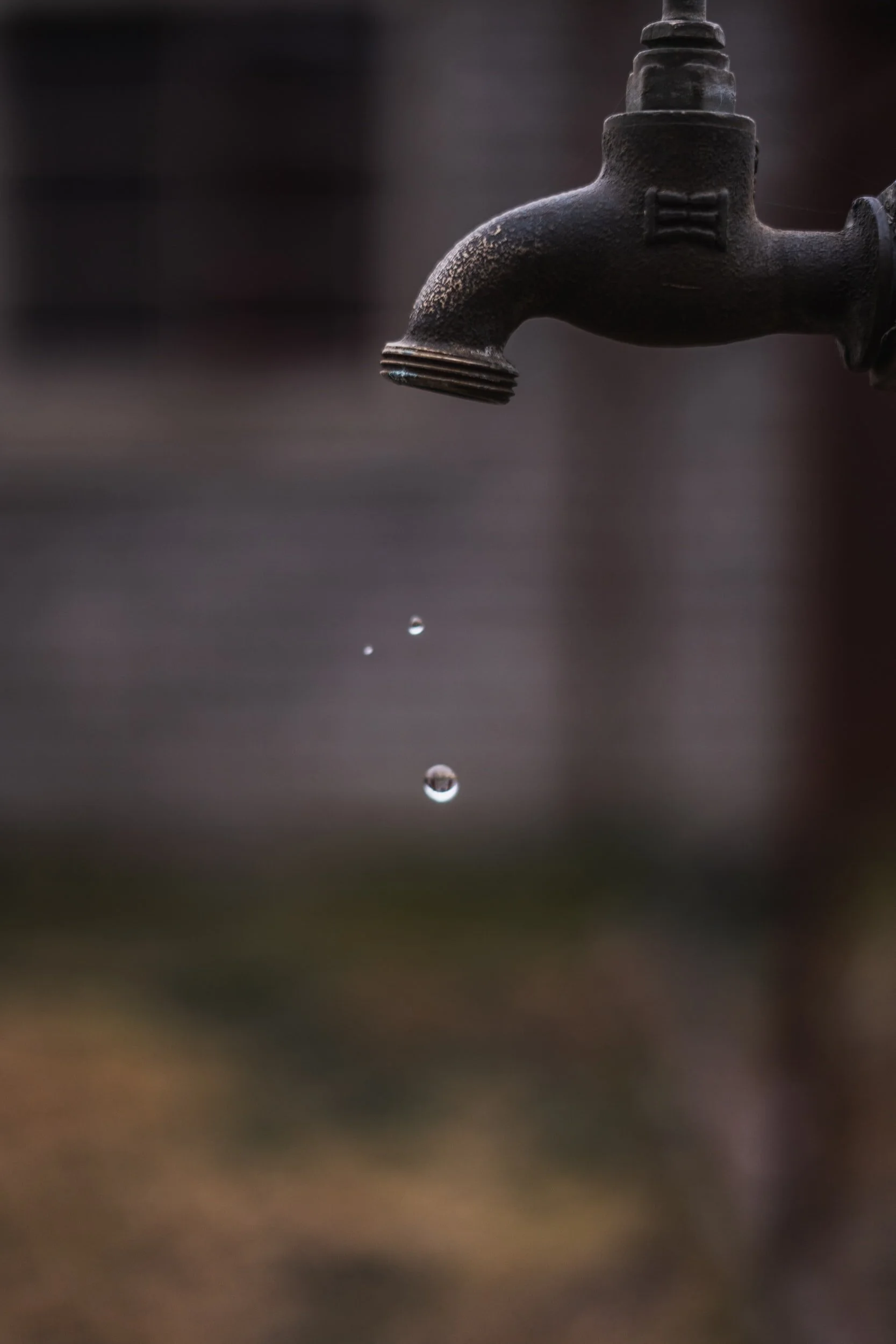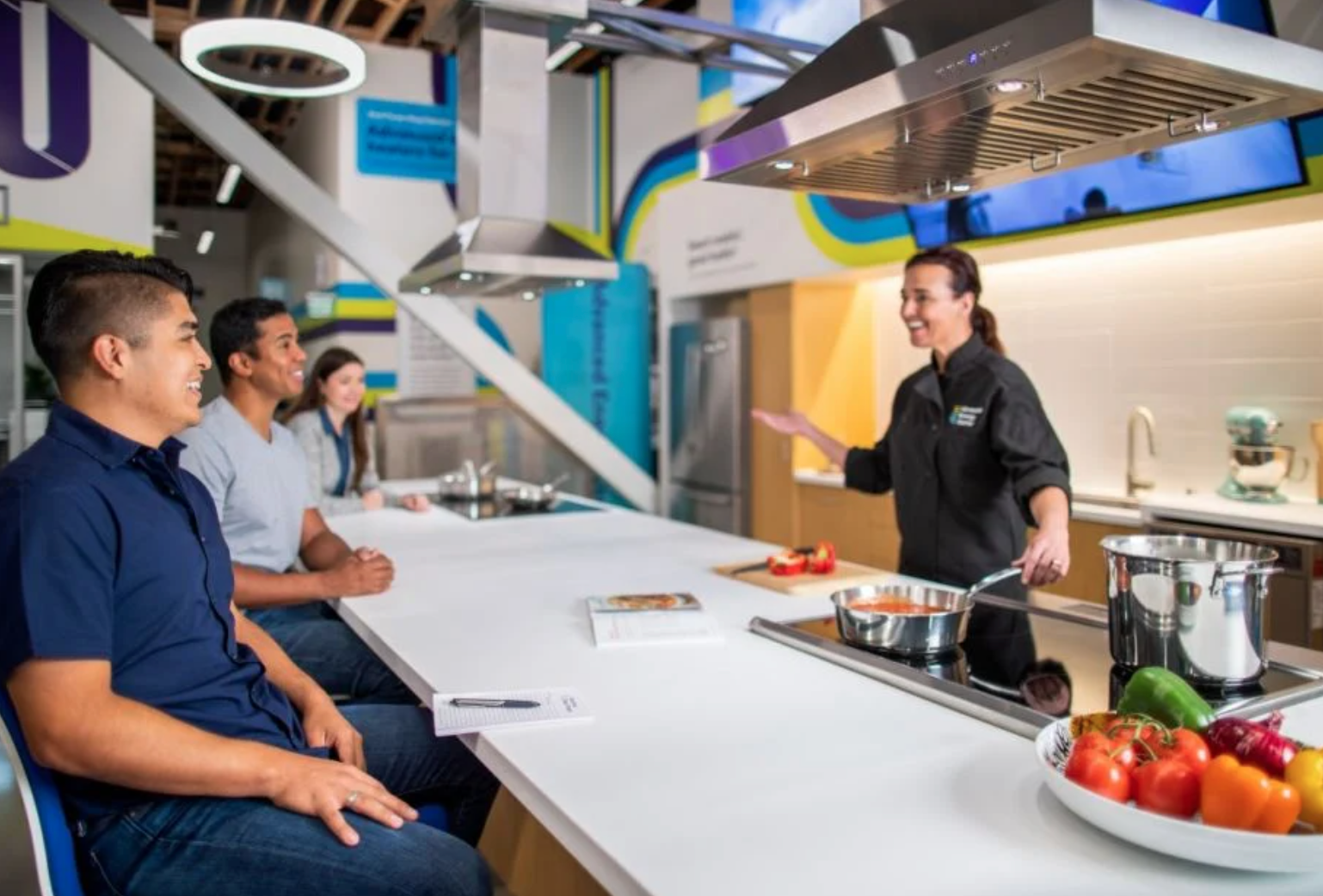40 Years After Congress Changed the Game for Energy Bills, Water Finally Plays Catch Up
40 Years After Congress Changed the Game for Energy Bills, Water Finally Plays Catch Up
By Gregory Scruggs, Next City, October 5, 2021
word count: 1061
Special rules: Please include the tracking pixel into the source or HTML view of your CMS when republishing this story. The tracking pixel can be found at the bottom of the story.
When visitors enter the former firehouse home to social service agency Byrd Barr Place in Seattle’s Central District for a trip to the food bank or an appointment to apply for energy bill assistance, they often come with a copy of their water and sewer bill as well. By one estimate, Seattle has the most expensive water and sewer utility bills in the U.S.
But for years, the Black-led non-profit born out of the 1960s Great Society domestic anti-poverty agenda and renamed for local civil rights leader Roberta Byrd Barr hasn’t been able to do anything for its clients, mostly African-American seniors, people with disabilities, and others living on a fixed income.
“Water was something our clients were asking for year after year and we didn’t have the money,” said Byrd Barr Place’s executive director Andrea Caupain Sanderson.
That inability to pay water and sewer bills stands in stark contrast to energy bills, which Byrd Barr Place can readily assist its clients with by enrolling them in the Low-Income Home Energy Assistance Program, better known as LIHEAP, which Congress created in 1981. Some 40 years later, Congress has finally realized that water and sewer bills can be just as burdensome on household budgets as energy bills. The Consolidated Appropriations Act of 2021, a massive $2.3 trillion spending bill passed in the waning days of 2020, and the subsequent $1.9 trillion American Rescue Plan Act, stood up first-ever federal water bill assistance to the tune of $1.138 billion.
The relief comes not a moment too soon, according to Sridhar Vedachalam at the Environmental Policy Innovation Center and author of the recent report H2Affordability: How Water Bill Assistance Programs Miss the Mark. His research estimates that water and sewer costs have more than doubled since 2000, a rate well above inflation that exceeds other household budget line items like rent, gas, and electricity. These bills now account for an average of 10 percent of monthly income for the lowest 20 percent of income earners in the U.S.
“Freshwater is cheap, especially in the East, but the infrastructure is expensive,” Vedachalam explains. “Federal water funding, especially for wastewater, has consistently declined and the expectation is that states and local municipalities would assume most of the burden. Customers are taking on the vast majority of that cost, up to 95%. As a result, water is expensive as a commodity.”
Not that water utilities are completely tone deaf to their low-income ratepayers’ struggle. Even as they rely on customers to pay for expensive water and sewer infrastructure, these public agencies frequently employ customer assistance programs to help those who can’t pay their bills. But in Vedachalam’s survey of 20 of the largest U.S. water utilities, he found that the programs are routinely undersubscribed due to complicated applications, homeownership requirements, and low income thresholds. For example, a Houston household cannot earn more than $21,720 per year to qualify for water assistance, which would render two adults working full-time at minimum wage ineligible.
One bright spot? Seattle Public Utilities, which claims to have enrolled over 40% of eligible households in Seattle’s Utility Discount Program. The program, founded in the 1980s, offers up to half off monthly bills, which combine water, sewer, garbage, and compost.
“That is impressive,” said Vedachalam. “It is higher than most typical participation rates, which are closer to the 25% range.”
Debra Reed, Seattle Public Utilities Division Director for Utility Account Services and Customer Response, attributes her agency’s success to a number of factors: a simplified web application, materials available in a variety of languages, and aggressive outreach.
“Communication is the biggest key,” Reed said. “You can’t ask for something if you’re not aware it exists.”
In the wake of the COVID-19 pandemic, which made running water an even more essential household resource, Seattle Public Utilities stepped up its enrollment effort by offering a self-certification process. Customers could vouch for themselves that they meet income criteria and enroll in the utility discount program for six months before having to provide official income verification. With this lower barrier to enrollment, the utility has added an additional 17,150 customers to the discount program.
While the 50% discount puts an average of $55 per month back into low-income customers’ wallets, that assistance is poised to increase significantly once the federal Low-Income Household Water Assistance Program (LIHWAP) rolls out in the coming months from the Department of Health and Human Services. Over at Byrd Barr Place, Caupain Sanderson estimates that the new program’s maximum benefit of $2,500 per year will be more than adequate to cover the entirety of her clients’ average annual water and sewer bill of $1,800 per year.
The details are still being worked out between social service providers like Byrd Barr Place, utilities like Seattle Public Utilities, and the Washington State Department of Commerce, which is administering the program at the state level, but Caupain Sanderson envisions a carbon copy of LIHEAP by serving families with young children, older adults, and people with disabilities who are at 150% or below of the federal poverty level. “We are mirroring off of LIHEAP and trying to make a joint application so it’s not burdensome,” she said.
While the water assistance program is currently a one-time benefit, there is hope that if rolled out successfully it will become permanent, similar to how backers of the one-time child tax credit are pushing to extend to 2025 and beyond. To that end, Vedachalam believes that the federal government is moving toward establishing a permanent water counterpart to LIHEAP, although there are important differences given that water is a more decentralized utility than energy. He estimates there are 48,000 water utilities versus just 3,000 electric utilities in the U.S.
But if the U.S. does end up creating a so-called LIHEAP for water, as the similar acronym for the new water program suggests, its predecessor’s track record makes a strong case for permanent adoption.
“We serve 7,000 households per year just from LIHEAP and I can’t tell you the amount of cards, letters, and e-mails we get from clients,” said Caupain Sanderson. “If we weren’t here, people wouldn’t know what they would do. They would sacrifice meals to pay their energy bills. Water assistance would be a relief to them too. They see it as a lifeline.”
Tracking pixel:
<img src="https://www.google-analytics.com/collect?v=1&t=pageview&tid=UA-2562581-1&cid=0f5b0498-ab9a-412c-a721-44062b476880&dh=nextcity.org&dt=%5BSJN%5D40%20Years%20After%20Congress%20Changed%20the%20Game%20for%20Energy%20Bills,%20Water%20Finally%20Plays%20Catch%20Up&dp=sjn/https://nextcity.org/daily/entry/40-years-congress-changed-game-energy-bills-water-finally-plays-catch-up"/>






